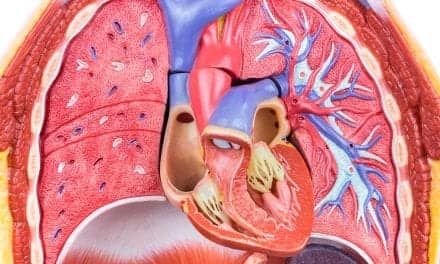University of Washington researchers have shown that a favorable electrical property is present in a type of protein found in organs that repeatedly stretch and retract, such as the lungs, heart and arteries. These findings are the first that clearly track this phenomenon, called ferroelectricity, occurring at the molecular level in biological tissues.
Ferroelectricity is a response to an electric field in which a molecule switches from having a positive to a negative charge. This switching process in synthetic materials serves as a way to power computer memory chips, display screens and sensors. This property only recently has been discovered in animal tissues and researchers think it may help build and support healthy connective tissues in mammals.
The researchers published their findings online in the Proceedings of the National Academy of Sciences.
A research team led by Li first discovered ferroelectric properties in biological tissues in 2012, then in 2013 found that glucose can suppress this property in the body’s connective tissues, wherever the protein elastin is present. But while ferroelectricity is a proven entity in synthetic materials and has long been thought to be important in biological functions, its actual existence in biology hasn’t been firmly established.
Click here to view original web page at www.medicalnewstoday.com









